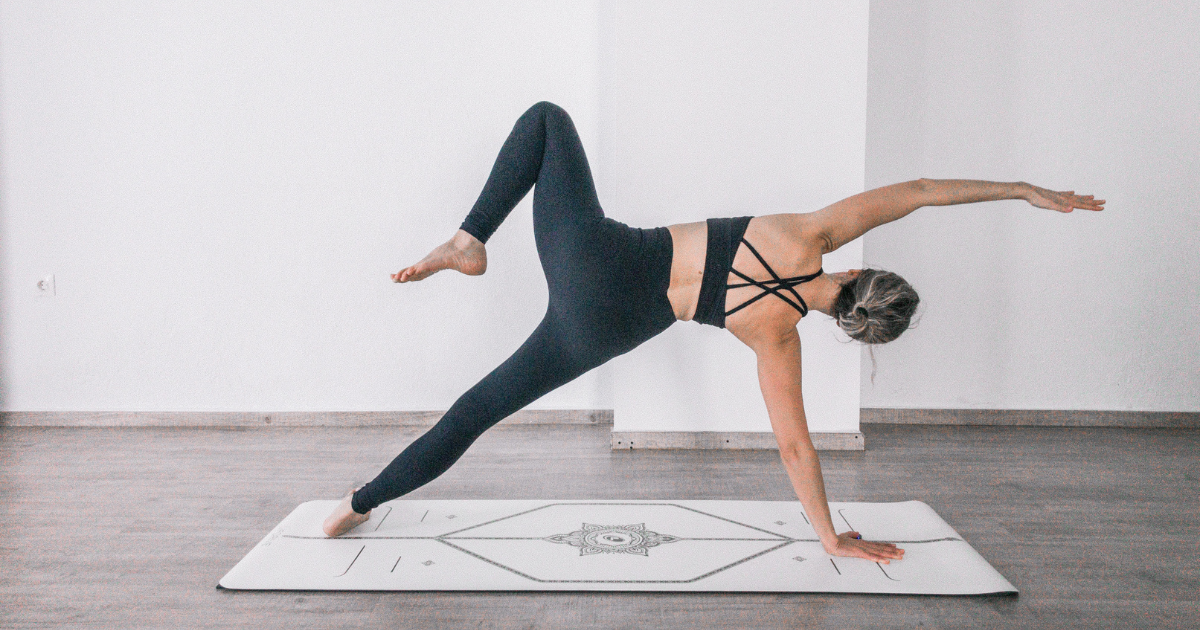The BIG Difference Between Ashtanga, Hatha, and Vinyasa Yoga
Yoga offers a diverse range of styles, each catering to different needs, goals, and personalities. Three of the most popular styles—Ashtanga, Hatha, and Vinyasa—share common roots but differ significantly in their structure, pace, and focus. Whether you’re seeking a physically demanding practice, a slower-paced introduction, or a creative flow, understanding the key distinctions between these styles will help you choose the one that’s right for you.
1. Structure and Approach
Ashtanga Yoga
Highly Structured: Ashtanga yoga follows a fixed sequence of postures, practiced in the same order every time. It consists of six series: Primary, Intermediate, and four Advanced series. Most practitioners focus on the Primary Series.
Self-Practice (Mysore Style): In traditional Mysore-style classes, students practice at their own pace under the guidance of a teacher.
Discipline and Routine: The repetitiveness of the sequence fosters consistency and discipline.
Hatha Yoga
Foundational Practice: Hatha yoga encompasses any physical practice of yoga (asana), serving as the umbrella term for most modern yoga styles.
Beginner-Friendly: Classes are often slower-paced, focusing on individual poses, breathwork (pranayama), and relaxation.
No Set Sequence: Each class is different, tailored to the teacher’s plan or the students’ needs.
Vinyasa Yoga
Creative and Dynamic: Vinyasa yoga involves a flowing sequence of poses, linked with breath. The sequence changes with each class, offering variety and creativity.
Free-Form Approach: Unlike Ashtanga, there’s no fixed sequence, giving teachers flexibility to design unique flows.
Inspiration from Ashtanga: Vinyasa draws heavily from Ashtanga but emphasizes adaptability and fluidity.
2. Pace and Intensity
Ashtanga Yoga
Physically Demanding: A full practice takes 90–120 minutes and is vigorous, requiring strength, flexibility, and stamina.
Steady Rhythm: The consistent pace, combined with breath synchronization (vinyasa), creates a meditative flow.
Hatha Yoga
Slower Pace: Ideal for beginners or those seeking a gentler approach, Hatha focuses on holding poses for longer durations and building awareness.
Relaxed Intensity: It’s less about sweat and more about cultivating mindfulness, alignment, and breath control.
Vinyasa Yoga
Moderate to Fast-Paced: The pace varies depending on the teacher’s style, but it’s generally faster than Hatha.
Dynamic Movement: Vinyasa emphasizes smooth transitions, making it feel like a dance of breath and motion.
3. Breathwork and Focus
Ashtanga Yoga
Ujjayi Breathing: Breath control is integral, with each movement linked to an inhale or exhale.
Drishti (Focal Point): Every pose has a designated gaze point to enhance concentration.
Meditative Flow: The synchronized breath and movement create a deeply meditative experience.
Hatha Yoga
Emphasis on Breath: Breathing exercises (pranayama) are a core part of Hatha classes, often paired with poses to deepen relaxation.
Mind-Body Connection: Breath awareness is used to build focus and mindfulness.
Vinyasa Yoga
Flowing Breathwork: Like Ashtanga, Vinyasa links breath with movement, but it’s less rigid.
Adaptable Focus: Breathing patterns and mindfulness cues vary depending on the sequence or class theme.
4. Philosophy and Goals
Ashtanga Yoga
Eight Limbs of Yoga: Ashtanga emphasizes Patanjali’s Eightfold Path, incorporating ethical principles, meditation, and self-discipline alongside physical practice.
Spiritual Growth: It’s not just a physical workout but a journey toward self-realization.
Hatha Yoga
Holistic Approach: Hatha focuses on balancing mind, body, and spirit, often serving as an introduction to yoga’s deeper philosophical aspects.
Relaxation and Awareness: The goal is to create a calm, centered state of being.
Vinyasa Yoga
Physical and Creative Expression: While rooted in tradition, Vinyasa is often more fitness-oriented and flexible in its philosophical depth.
Modern Appeal: It’s popular for those seeking a physically engaging practice without a heavy focus on yoga’s spiritual elements.
5. Who Should Practice?
Ashtanga Yoga
Best for those who:
Enjoy structure and routine.
Seek a physically challenging and disciplined practice.
Want to explore yoga’s spiritual aspects deeply.
Hatha Yoga
Best for those who:
Are new to yoga and want a slower, more accessible introduction.
Prefer a less intense, restorative practice.
Seek stress relief and gentle movement.
Vinyasa Yoga
Best for those who:
Enjoy variety and creativity in their practice.
Prefer a faster-paced, dynamic flow.
Want a mix of fitness and mindfulness.
Key Differences at a Glance
Conclusion
The BIG difference between Ashtanga, Hatha, and Vinyasa yoga lies in their structure, pace, and focus. Ashtanga is highly structured and physically demanding, perfect for disciplined practitioners seeking a transformative journey. Hatha is slower and gentler, ideal for beginners or those looking for relaxation and mindfulness. Vinyasa offers dynamic and creative flows, catering to those who enjoy variety and physical engagement.
By understanding these differences, you can choose the style that aligns best with your goals, fitness level, and lifestyle. Whichever path you take, yoga has something valuable to offer everyone.

